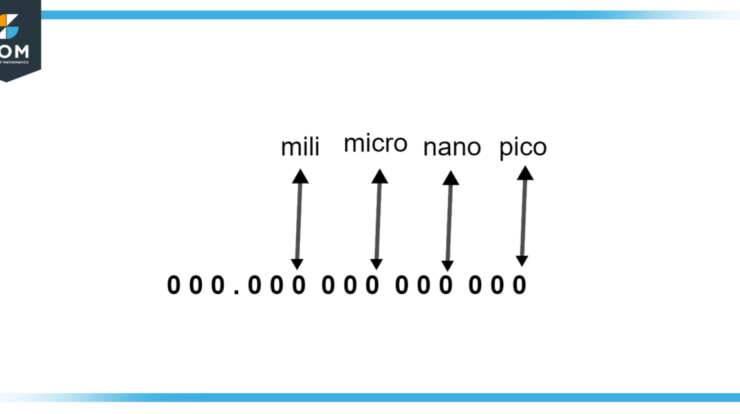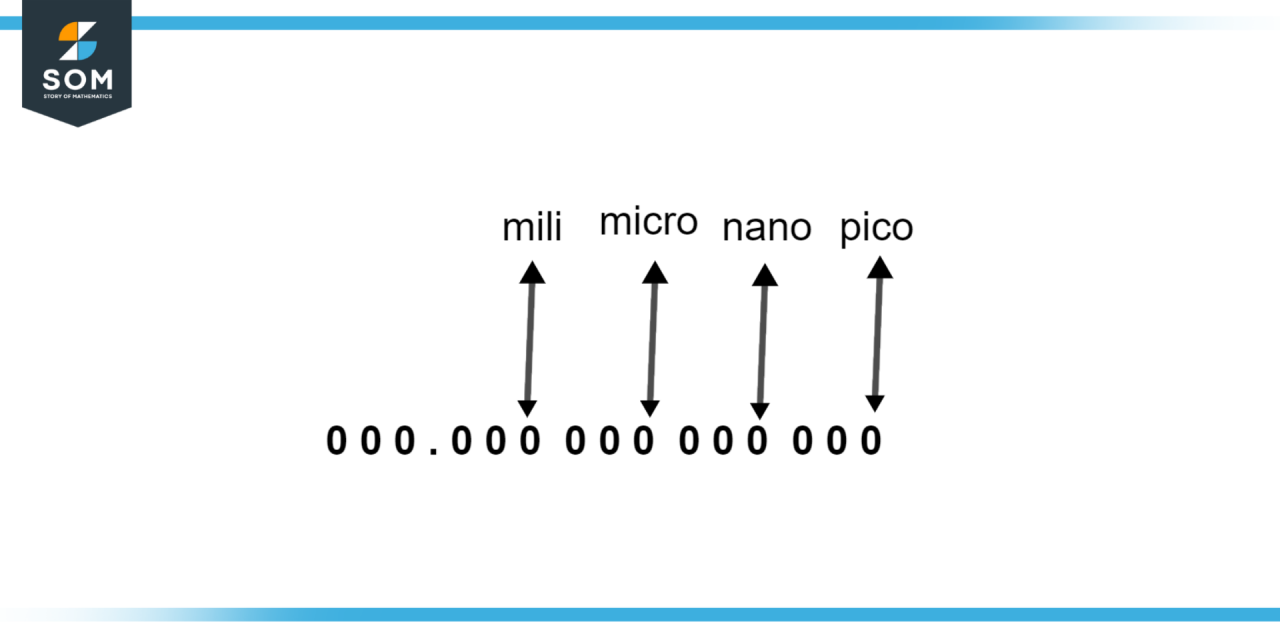
Micro meaning – From the smallest microorganisms to the vastness of the cosmos, the concept of microcosm and macrocosm has captivated philosophers, scientists, and artists for centuries. This idea suggests that the smallest parts of a system reflect the whole, and vice versa, offering a profound insight into the interconnectedness of the universe.
Throughout history, microcosms and macrocosms have been found in nature, human experience, and scientific exploration, revealing the fractal patterns that shape our world.
Microcosm and Macrocosm
The concepts of microcosm and macrocosm explore the idea that smaller entities can reflect or contain the characteristics of larger ones. In nature, a microcosm could be a small ecosystem within a larger one, such as a pond within a forest.
Human experiences can also be seen as microcosms, reflecting the broader patterns of society.
Examples of Microcosms and Macrocosms, Micro meaning
- A single cell can be considered a microcosm of a living organism, containing the genetic material and essential components for life.
- A family can be a microcosm of a community, with its own dynamics and interactions.
- A nation can be a microcosm of the global community, with its own culture, economy, and political system.
Microorganisms

Microorganisms are tiny living organisms that cannot be seen with the naked eye. They include bacteria, fungi, and protists.
Significance of Microorganisms
- Microorganisms play a crucial role in the biosphere, contributing to nutrient cycling, decomposition, and disease.
- They are essential for maintaining the balance of ecosystems and supporting the growth of plants and animals.
Diversity of Microorganisms
- Bacteria are single-celled prokaryotes with a simple structure.
- Fungi are eukaryotic organisms that include yeasts, molds, and mushrooms.
- Protists are a diverse group of eukaryotic organisms that include algae, protozoa, and slime molds.
Microscopes: Micro Meaning
Microscopes are instruments used to magnify small objects.
History and Evolution of Microscopes
- The first microscopes were invented in the 16th century.
- Light microscopes use visible light to illuminate specimens.
- Electron microscopes use a beam of electrons to achieve higher magnifications.
Applications of Microscopy
- Microscopy is used in various fields of science and medicine, including biology, chemistry, and medicine.
- It allows scientists to study the structure and function of cells, tissues, and organs.
Wrap-Up
The exploration of micro meaning, from microorganisms to microelectronics, has provided invaluable insights into the complexity and interconnectedness of our world. By understanding the micro, we gain a deeper appreciation for the macro, and vice versa.
As we continue to probe the depths of existence, the microcosm and macrocosm will undoubtedly remain a source of fascination and wonder, reminding us of the profound unity that binds all things.
Detailed FAQs
What is the difference between a microcosm and a macrocosm?
A microcosm is a small-scale representation of a larger system, while a macrocosm is a large-scale representation of a smaller system.
What are some examples of microcosms and macrocosms?
Examples of microcosms include a cell representing an organism, a leaf representing a tree, or a small community representing a larger society. Examples of macrocosms include the universe representing a single atom, a galaxy representing a solar system, or a human body representing a single cell.
How does microlearning differ from traditional learning?
Microlearning involves delivering educational content in small, digestible chunks, often through digital platforms, allowing for more flexible and personalized learning.





